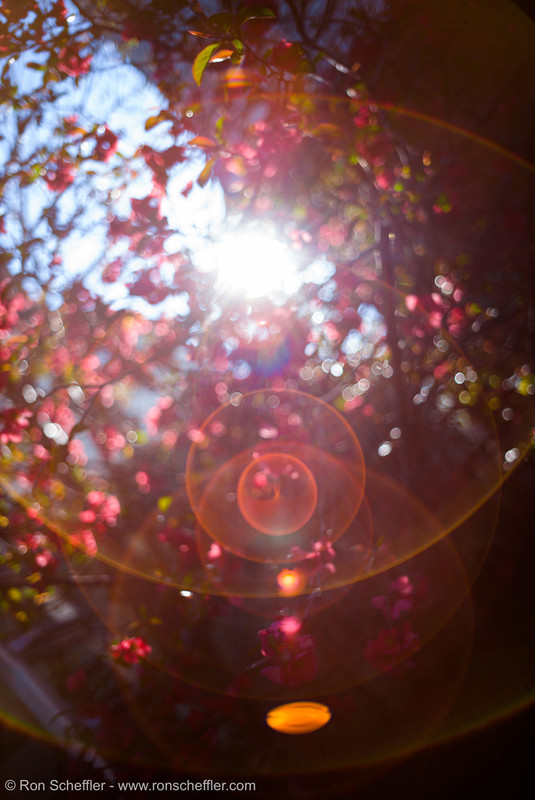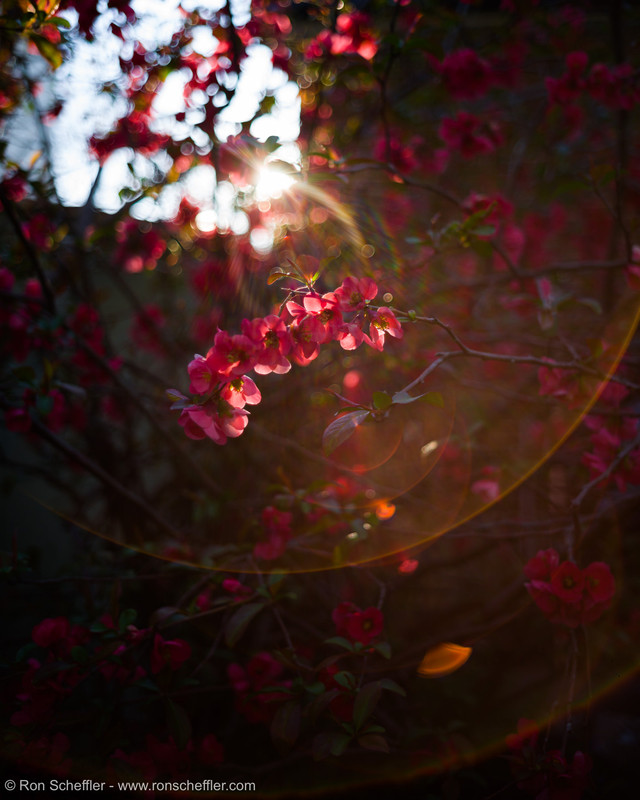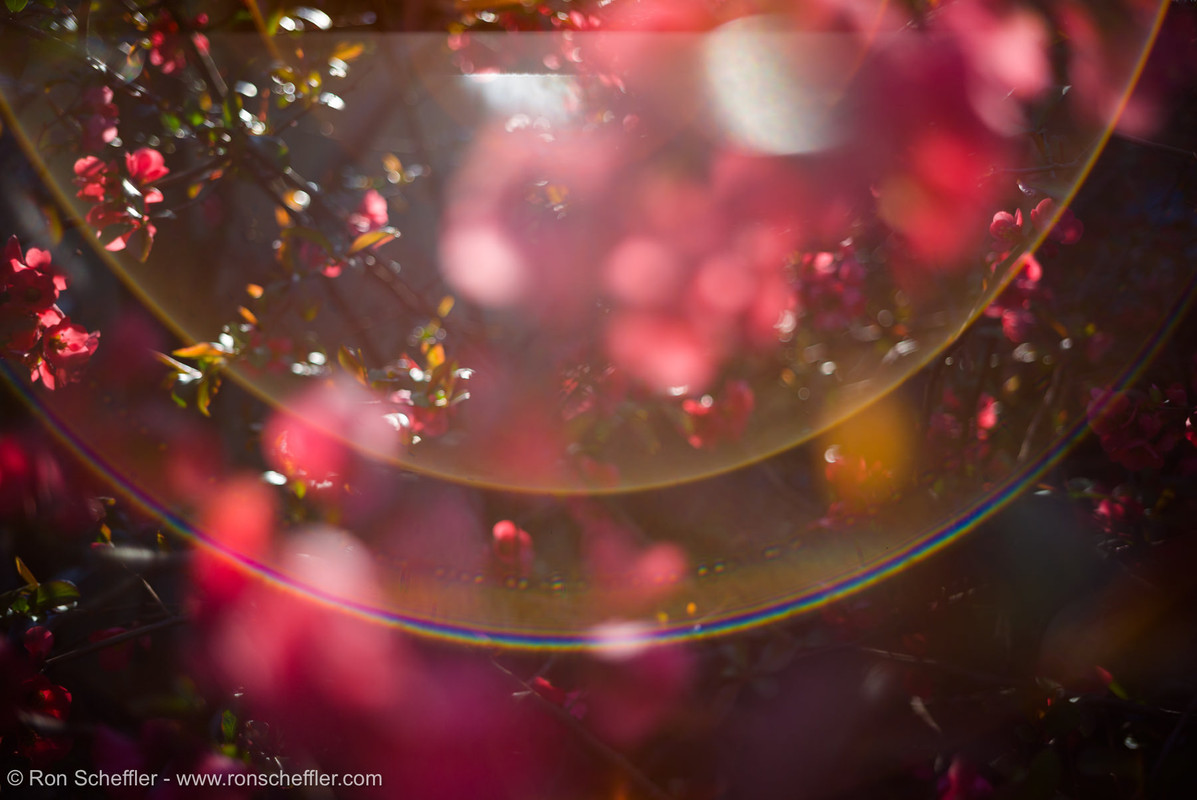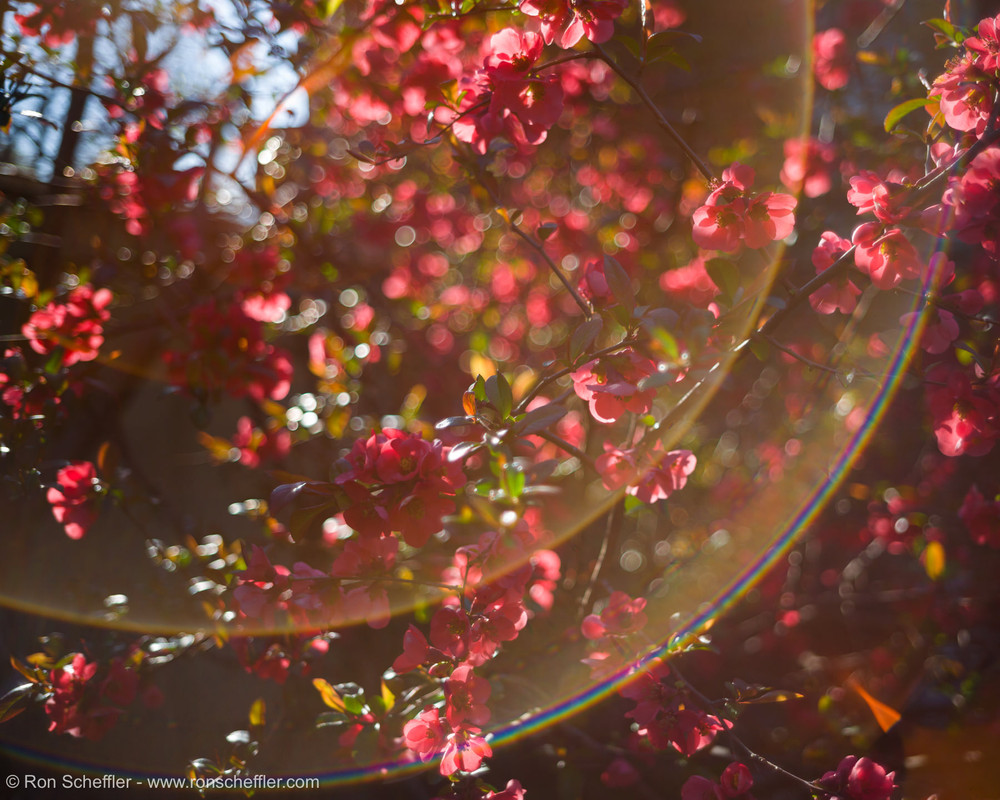There are numerous "focus shift" grumblings with fast 35mm focal length rangefinder lenses, but I really think that these types of lenses require the users to know how to use them -- and manufacturers have not generally been good throughout history about explaining how to use these lenses. When lenses like the V1 35/2 Summicron and the 35/1.8 W-Nikkor came out, they represented some of the most (or "the most") advanced 35mm RF lenses made to that point. They were extraordinarily expensive. Leica and Nikon already had very competent, slightly slower 35s in the form of the Summaron 35/2.8 and W-Nikkor 35/2.5. The fast 35s shifted, the slower 35s generally did not.
I just tested my LLL again, also against my Canon 35/2 LTM, which was initially released in the early '60s and a few years after the Cron v1. I didn't see focus shift with the Canon. If it shifts, it's within DoF.
Today, many people who are new or relatively new to RF photography get initially flabbergasted by the fact that their Summiluxes and pre-ASPH Summicrons "shift." If you are coming from a film or digital SLR, this comes as a shock as the vast majority of modern SLR lenses have no noticeable shift (and your mirrorless camera can now automatically compensate for any shift in the newest lenses anyway). While many people did not notice this too much during the film era, digital mirrorless is unforgiving for any lack of precise focus on the sensor plane. So yes, your V1-V4 Summicrons and older Summiluxes will look out of focus when correctly focused with the rangefinder at f/5.6 on digital (and also on film) because that is how the lens behaves. What is really great about digital is that with liveview, you can actually focus absolutely spot on at f/4-8 with fast 35s, whereas during the film era, you may have had to guess or manually compensate in some way. I do not really understand why one would use a digital M without liveview -- that's the whole point! 100% accurate focus every single time without worrying about the primitive native focusing system.
At least for me, it's not a shock to see focus shift, especially from an older design. It's the reason I tested the LLL to better understand how it behaves and therefore better understand how such characteristics may affect my images. Unfortunately I don't have firsthand experience with the Leica original to know whether or not it behaves similarly. Hence my uncertainty about my LLL copy. You're saying the 35 Cron v1 shifts, but others have said they don't see this. I still believe it somewhat depends on how images are viewed. An 8x10" print (whether analog or digital origin) will not show focus shift as much as a much larger image (whether analog or digital) unless relative viewing distance is maintained. Of course the temptation with large display images is to view them closely to pick out the details (i.e. pixel peeping digital images at 100%).
When discussing focus shift of the LLL (my copy) it should be understood that this behavior is hand in hand with its very specific field curvature characteristics.
Some lenses have fairly flat planes of focus. If they exhibit focus shift, the entire plane shifts consistently behind the intended point of focus when stopped down. Achieving good across-frame sharpness is a 'simple' matter of refocusing at the taking aperture, or with a rangefinder, intentionally front-focusing the RF patch.
The LLL (or at least my copy, but I think it's a characteristic of all, given it's documented in the spec sheet supplied with the lens by LLL) exhibits wavy field curvature in the shape of a 'w.'
Wide open, the curvature is a small 'w' and the plane of focus appears fairly flat. Stopped down, it becomes a big 'W.'
🙂 Its amplitude increases with the center 'peak' of the W pushing behind the intended point of focus and outside DoF (my copy). The rest of the W zigzags through the indented plane of focus and on average results in good enough focus across most of the image.
This behavior is bad for critical central sharpness at f/4-5.6 on a rangefinder, but if important subject content isn't in the very center of the image, the majority of the image is in focus at that distance. Meaning, this lens is potentially quite good for focus & recompose.
The downside of using live view or a mirrorless camera with this kind of field curvature and focus shift behavior is that when proper focus in the very center of the image is set, (pulling the peak of the W towards the camera), the entire W of field curvature, especially the bottom two valleys that comprise the mid-frame zone, pull forward enough that some or most of it is out the intended plane of focus and out of DoF. This is fine if you only want critical sharpness in the center of the image, such a person at a nearer distance against a far background, which is exactly the scenario that gave me fits when rangefinder focusing. But it's not good if you want good across-frame sharpness, such a group photo of a row of people (or brick walls
🙂 ).
Since it's a lens originally intended to be used with rangefinder focusing, I think the designers understood its specific focus shift consequences and calibrated the lens so that average sharpness across the frame remained good, at the expense of the very center.
Bottom line, IMO, based on how my copy performs, this is not a good lens to choose for group photos of people in a row, brick walls and other similar content where you want a relatively flat plane of focus.
But, this field curvature behavior also provides interesting opportunities. It's great if shooting down an alley, forest path, etc. Distant things in the center of the image appear in focus along with nearer objects in the midfield area. It's also good for placing a subject in the rule of thirds zone (focus & recompose).
Although I have not handled any of these replicas, copying the original design will generally copy the original focus shift (like the UC-Hexanon's copy of the W-Nikkor copied almost precisely the shift of the original lens). The V1 35/2 Summicron was designed for pros who "needed" f/2 over f/2.8. The technology required to create an f/2 lens that focused accurately at that aperture required compromises. One of those compromises was that if accurate on the rangefinder somewhere at f/2-f/2.4-f/2.8, it was not going to be accurate at mid apertures. You would either use the Summicron wide open, and if you need to capture a larger scene, at f/8-11. I do not think that older Summicrons and Summiluxes were considered or are to be considered "general purpose" 35mm lenses. That is what the Summaron was for.
I agree, this lens is looking more and more to me like one I'll use at f/2-2.8 and at f/8. This is also how I use other rangefinder lenses with wavy field curvature, such as the 21 & 50 Lux ASPHs. But with those lenses, the center point of focus does not shift like the LLL, rather, the midfield area is weak/nervous at around 3 stops from wide open until cleaned up by DoF at f/8. I find those lenses frustrating to use for focus & recompose when intending to put subjects in the rule of thirds zone.
















